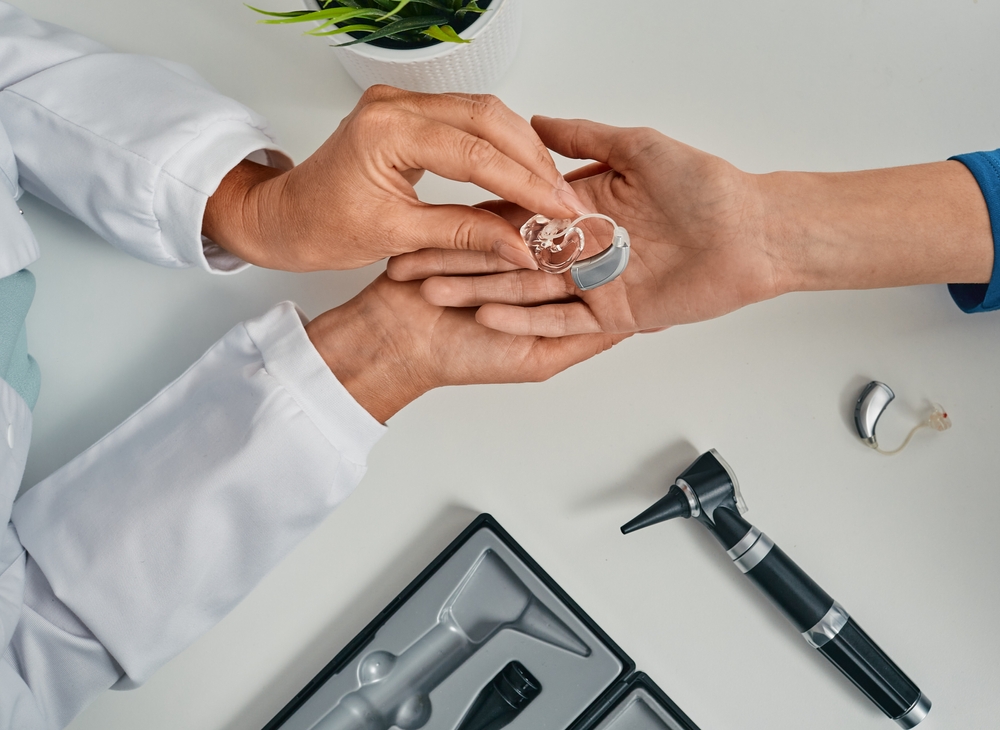
Hearing aids perform a crucial role in improving sound clarity and enhancing daily communication. To keep them performing at their best, routine maintenance and professional cleanings are crucial. With time, earwax, moisture, and debris can accumulate, leading to reduced functionality. Recognizing when it is time to arrange professional maintenance can help prolong the life of your hearing aids and ensure they continue to operate at their best.
Why it’s important to have your hearing aids professionally cleaned
Even with regular at-home care, hearing aids progressively collect accumulation that may affect sound quality and performance. Regular upkeep provides numerous advantages:
- Deep Cleaning– Removes earwax, dust, and moisture that everyday cleaning tools may not effectively remove.
- Improved efficiency – Gets rid of barriers that may result in muted audio or distortion.
- Prolonged Lifespan– Prevents premature wear and tear, reducing the need for repair work or replacements.
Getting your hearing aids cleaned by a specialist helps ensure they function at their best, reducing the likelihood of unexpected malfunctions.
Indications that your hearing aids require professional upkeep
If you’re not sure whether it’s time for a professional cleaning, look for these typical warning signs:
- Muted or Distorted Sound Quality: If speech and ambient sounds seem muffled, weak, or distorted, it might be due to wax or debris obstructing the microphone or speaker.
- Constant Feedback or Squealing: A squeaky noise at a high frequency (feedback) could indicate a blockage from earwax or a poorly device. A professional cleaning can help eliminate blockages and fine-tune the fit.
- Troubleshooting Volume Issues: When volume adjustments fail to yield the anticipated result, it may be necessary to carry out maintenance on internal components or recalibrate the system’s software settings.
- High humidity can affect the device’s internal components, resulting in sporadic audio interruptions or faulty button control. A qualified expert can assess and resolve issues related to moisture or water damage.
- Noticeable Wax or Dirt Accumulation: If you see a considerable buildup of wax or debris on your hearing aids, professional cleaning ensures a more complete clearing than at-home care.
- Implement specialized instruments to carefully extract wax, debris, and moisture from sensitive elements without doing damage.
- Examine and service components to verify all elements are working properly.
- Inspect both software and hardware to determine any performance problems that may be impacting the sound quality.
- Replace any tubing or filters that may be impacting the performance of the device.
- Every 3 to 6 months for routine maintenance.
- Regular cleanings are suggested for people who tend to produce a lot of earwax or live in locations with high humidity, as these conditions can intensify wax accumulation.
- As soon as problems arise, addressing minor problems early can prevent costly repairs.
What does a professional hearing aid cleaning look like?
A professional cleaning appointment goes past routine upkeep and ensures your devices operate optimally. During the appointment, specialists will:
How frequently should you schedule professional maintenance?
The regularity of professional cleanings depends on factors such as earwax production, moisture levels, and usage habits. General suggestions include:
Maintain your hearing aids for ideal performance
To keep your hearing aids working optimally and providing crisp, clear audio, it’s crucial to schedule regular exams and maintenance with a hearing care professional.
If distorted sound, echoing, or technical issues are disrupting your experience, it’s likely that a thorough, expert cleaning is in order.
Set up an appointment for your hearing aid cleaning and maintenance now.

